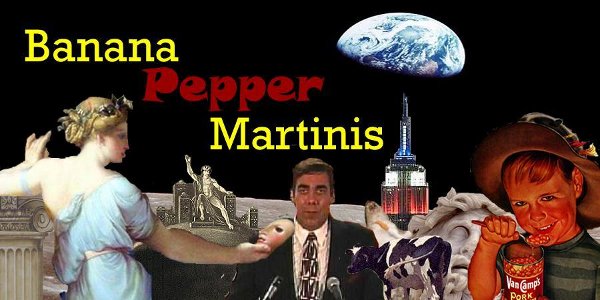
For those brave souls who trudged through the Samuel Johnson essay, at the end of it I said that perhaps the gimmick of cross-referencing critics had worn out its welcome. I picked up Carl Jung's autobiography and started digging through his other books that I'd already looked through.
Despite every game design theory I've ever read, I never really see people discuss what exactly their games are creating. Many of these people have brilliant theories on the mechanics of the medium, grand ideas on how to engage the player and keep them playing, but never much on what this is producing. You can find endless debates on what games are mechanically or how they're not stories, etc. They know how to build the machine and they know when it's working, but when you ask them what it's creating they just give you words like fun, challenge, fiero, etc.
I'm not really satisfied with this.
A while back I posted an essay about a very popular game and how it all connected back to Joseph Campbell's monomyth. Campbell's ideas are essentially Jung applied to art and mythology very closely but with certain key variations. The funny thing about that essay is that no one disagreed with the idea that Monkey Island is a series of archetypes and symbolic acts. Popmatters is always a pretty quiet place when it comes to comments but the essay made the link rounds and I followed a few conversations on it. A game that popular and not one person is bothered by me saying something that crazy? That can't be a coincidence.
The more I follow Jung and dream theories, the more I'm convinced it isn't. If archetypes and symbols from psychoanalysis are an acceptable explanation to people for what they are experiencing in a game, that means the subconscious is at work. Which means dream symbolism and the unconscious are at work. Which means a whole helluva lot of other things are going on when you play a video game. Google the average game design graph, this one is a good example, and you see a series of loops and circles with all points leading back to a central focus. That's a mandala, a religious tool for helping people meditate and enter trances. What else are we doing in games but entering trances?
I don't have any illusions about the reaction this research is going to have. I'm taking my time and making sure that when I publish this paper it's air tight. I'm reading Raph Koster's Theory of Fun, which obviously I disagree with in terms of what games are generating but he came the closest to explaining the emotions going on with people in his lecture. I've gotten in touch with several dream analysts and will start brushing up on their work as well. It'll get posted when it's ready.
And fortunately for me, other people have already started noticing this. In particular, a psychologist from Canada named Gackenbach has been doing studies on the same connection I've been making.
You can find out more about her research here.

4 comments:
Hey, I liked that Johnson essay! Incidentally, it seems to have been having problems when I tried to see it via your blog page.
Works alright for me...are the photos out of wack or something?
I had a good time with it but I definitely wrote it knowing it wouldn't make nearly the same impact. I just felt like having one more essay from a very different person from Kael or Bangs to round the whole thing out nicely.
Plus Johnson's hatred of critics was hilarious to go through. His essay about the evolution of the literary critic is bone chillingly accurate.
Having been reared in college to see the Norton Anthology of Theory and Criticism as a favorite text, I fully understand your appreciation of Johnson. Though the Ludology/Narrativist feud may have been bitter, I do love seeing literary and textual theory trained on games. (That love is a prime motivation in my reading Steven Jones' "The Meaning of Video Games.")
I look forward to the day when Norton publishes an anthology of games critics as well. With any luck, I'll see you in that bibliography, if not the table of contents. :)
Oh, and the Johnson post is working now. For some reason, I wasn't getting the post propagating in the template, just white space in lieu of the body.
Post a Comment